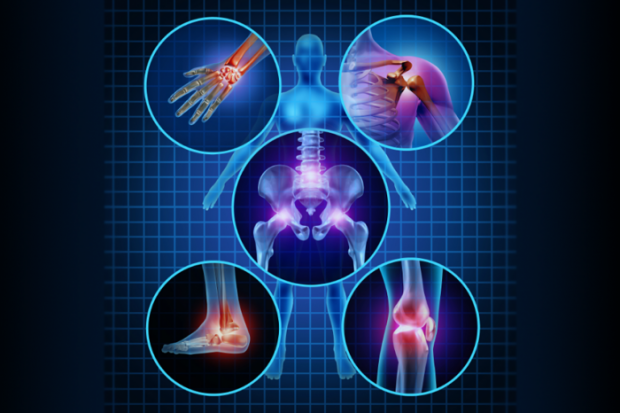
Breaking News
 BrightLearn - Revolutionizing Food: Grow Your Own Freedom...
BrightLearn - Revolutionizing Food: Grow Your Own Freedom...
 VIDEO: Alex Jones Goes Off On Trump, "The Globalists Have Been Deliberately Destroying...
VIDEO: Alex Jones Goes Off On Trump, "The Globalists Have Been Deliberately Destroying...
 Menopause and gut health: Decoding the relationship between hormones and digestive issues
Menopause and gut health: Decoding the relationship between hormones and digestive issues
Top Tech News
 Magnetic Fields Reshape the Movement of Sound Waves in a Stunning Discovery
Magnetic Fields Reshape the Movement of Sound Waves in a Stunning Discovery
 There are studies that have shown that there is a peptide that can completely regenerate nerves
There are studies that have shown that there is a peptide that can completely regenerate nerves
 Swedish startup unveils Starlink alternative - that Musk can't switch off
Swedish startup unveils Starlink alternative - that Musk can't switch off
 Video Games At 30,000 Feet? Starlink's Airline Rollout Is Making It Reality
Video Games At 30,000 Feet? Starlink's Airline Rollout Is Making It Reality
 Automating Pregnancy through Robot Surrogates
Automating Pregnancy through Robot Surrogates
 SpaceX launches Space Force's X-37B space plane on 8th mystery mission (video)
SpaceX launches Space Force's X-37B space plane on 8th mystery mission (video)
 This New Bionic Knee Is Changing the Game for Lower Leg Amputees
This New Bionic Knee Is Changing the Game for Lower Leg Amputees
 Grok 4 Vending Machine Win, Stealth Grok 4 coding Leading to Possible AGI with Grok 5
Grok 4 Vending Machine Win, Stealth Grok 4 coding Leading to Possible AGI with Grok 5
Sufferers Living With Severe Arthritis Could be Given Lasting Pain Relief Thanks to a New Technique

According to a study presented at the annual meeting of the Radiological Society of North America, researchers said the procedure could help reduce reliance on addictive opiates.
People with moderate to severe pain related to osteoarthritis face limited treatment options. Common approaches like injections of anesthetic and corticosteroids into the affected joints grow less effective as the arthritis progresses and worsens.
"Usually, over time patients become less responsive to these injections," said Felix M. Gonzalez, M.D., from the Radiology Department at Emory University School of Medicine in Atlanta, Georgia. "The first anesthetic-corticosteroid injection may provide six months of pain relief, the second may last three months, and the third may last only a month. Gradually, the degree of pain relief becomes nonsignificant."
Without pain relief, patients face the possibility of joint replacement surgery. Many patients are ineligible for surgery because of health reasons, whereas many others choose not to go through such a major operation.
For those patients, the only other viable option may be opiate painkillers, which carry the risk of addiction.

 Why Politicians Seek Power
Why Politicians Seek Power HERE COMES THE MOTHERSHIP
HERE COMES THE MOTHERSHIP Venus Aerospace Hypersonic Engine Breakthroughs
Venus Aerospace Hypersonic Engine Breakthroughs

